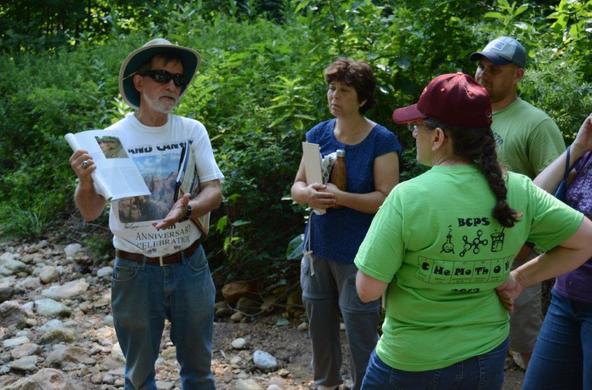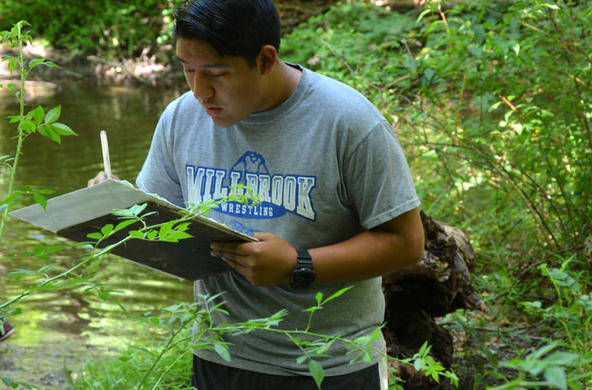Ecology and evolution are often taught as independent topics in middle and high schools, though the two are intertwined in nature. Thanks to a recent grant, the Cary Institute's Changing Hudson Project curriculum will be expanded to include a unit that demonstrates the connections.
Lessons in "Ecology and Evolution: Toxins in the Hudson" will highlight a fascinating local story about the rapid evolution of cadmium resistance in mud worms as a response to a toxic environment. Foundry Cove, located at the edge of the Hudson River about fifty miles north of New York City, earned the dubious title of "the most cadmium polluted site in the world" during the 1980s due to toxic discharge from a former battery factory.
Using field and laboratory experiments, as well as DNA analysis, researchers found that mud worms living in Foundry Cove had evolved resistance to cadmium in just thirty years. And in the 1990s, when cadmium levels were reduced after a Superfund cleanup, the worms responded by losing their resistance.
We are excited to incorporate this dynamic example of evolution in our new curriculum, which will be available online later this winter. Interested in using the Changing Hudson Project curriculum in your classroom? Visit www.caryinstitute.org/chp.html or join us for a workshop on Saturday, February 18th. We are offering $50 gift cards for the first 20 teachers who sign up. Contact the Mid-Hudson Teacher Center at www.mhtc.dcboces.org.





